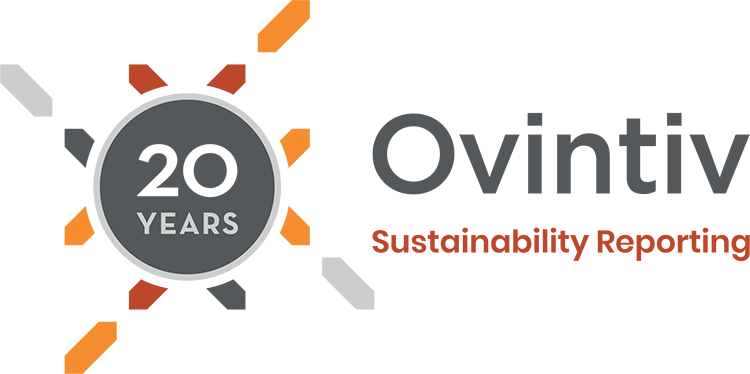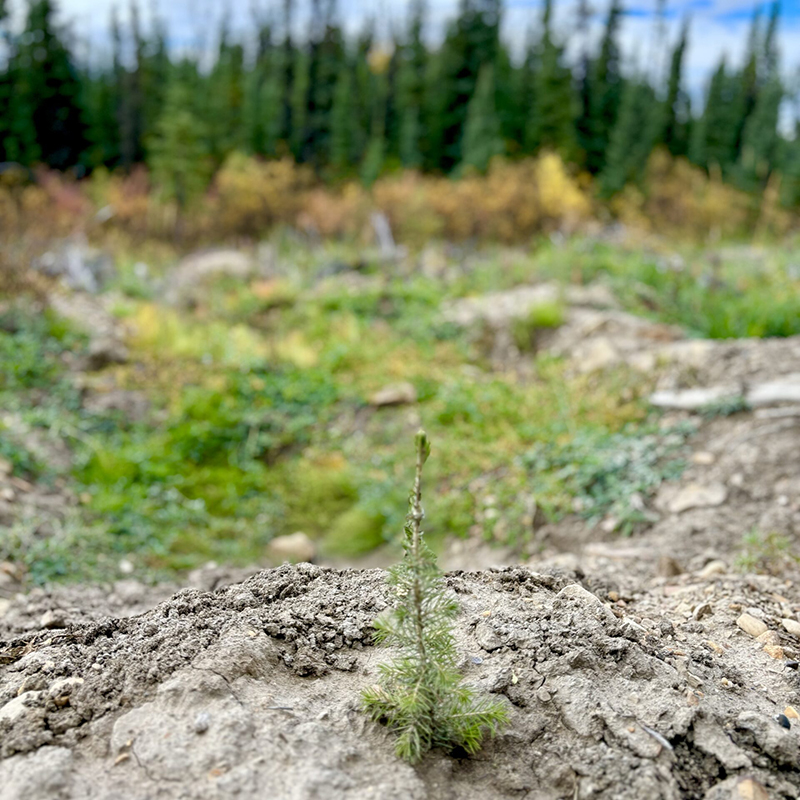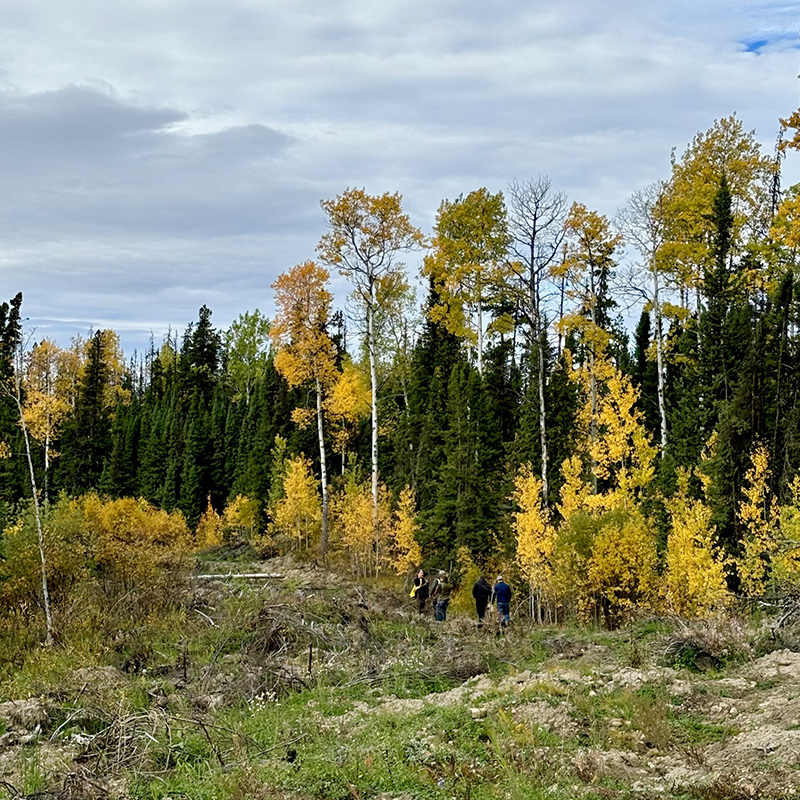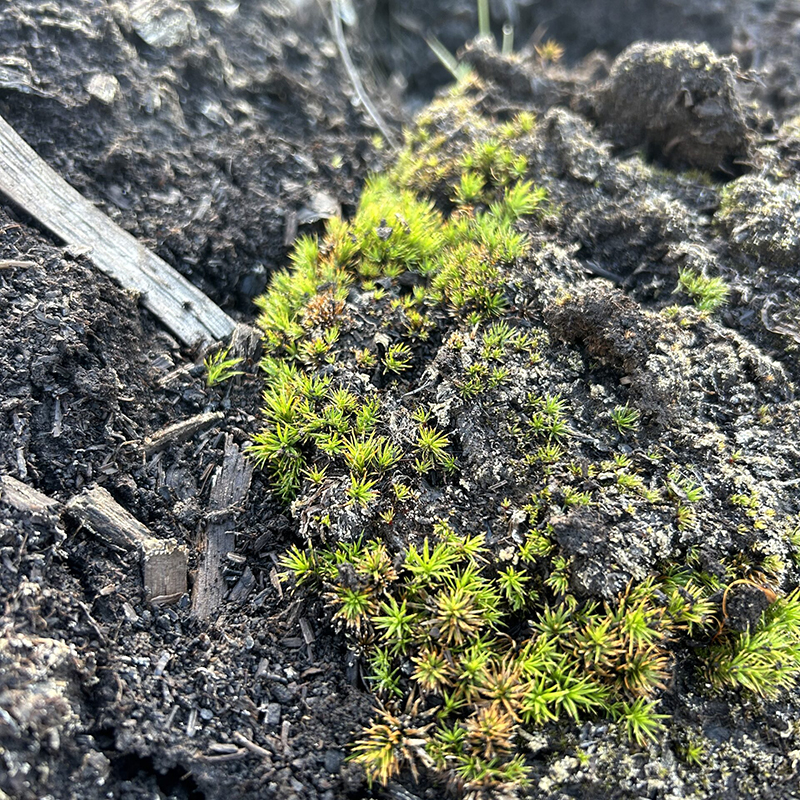DECOMMISSIONING AND RECLAMATION
When an asset reaches its end of life, we initiate our site closure process, including decommissioning and reclamation in accordance with our standard procedures and regulatory requirements.
Decommissioning begins by abandoning the wellbore and any associated pipelines and removing equipment on the site. Site closure includes reviewing the site’s operational history, identifying and addressing any potential concerns, wastes or hazardous materials and reclaiming disturbed land to productive and sustainable uses.
We take a collaborative approach to site closure, engaging with landowners and stakeholders to ensure our restoration plan aligns with expectations for future use. Where possible, we utilize and encourage Indigenous partnerships and engagement in a collaborative approach to our site closures.
Reclamation: The process of restoring the surface area of a wellsite, access road or facility.
In 2024, Ovintiv reclaimed approximately 360 acres of land across our operating areas, which is equivalent to 272 football fields.
Utilizing Ecological Practices
A critical part of oil and natural gas development is remediating and reclaiming the temporary disturbances such as pipeline rights-of-way, pad sites and other ancillary sites that occur in the normal course of drilling, completing and producing wells. On provincial land in British Columbia, we are shifting away from agriculture-based restoration to ecological-based restoration in ecologically sensitive areas.
This means maintaining coarse woody debris, active reforestation and limited seeding of crop species in order to encourage the return of native species and forest-like conditions. These practices better align the restoration with Indigenous community needs and interests as well as stakeholder and community expectations of wildlife and habitat restoration and the protection of sensitive areas.
Our Process in Action: Starting with the End in Mind
Showcasing our Proactive Planning Approach
In October 2024, Ovintiv attended the Saulteau First Nations’ Healing the Land Conference in British Columbia which brought together Indigenous leaders, federal, provincial and local governments, restoration practitioners and industry representatives to showcase restoration successes, discuss new and innovative practices, and strengthen relationships to advance joint interests in restoration. Ovintiv presented on our approach to proactively planning developments with the end of operations in mind.
Collaborating on Peatland Restoration
In 2022, Ovintiv began a challenging reclamation project within a large peatland complex in our Canadian Operations, identifying opportunities to collaborate with leading industry professionals and academic institutions, including Northern Alberta Institute of Technology (NAIT). An enhanced restoration plan was developed implementing selective pad removal, peat inversion and microsite restoration to encourage peatland ecosystem recovery. In 2023, additional revegetation efforts included planting Black Spruce and Lodgepole Pine and in 2024 successful restoration of peatland hydrology was observed through natural species regeneration (including mosses) and seedling survivability. This leading-edge approach is instrumental in advancing industry best practices and improving understanding of peatland recovery.



